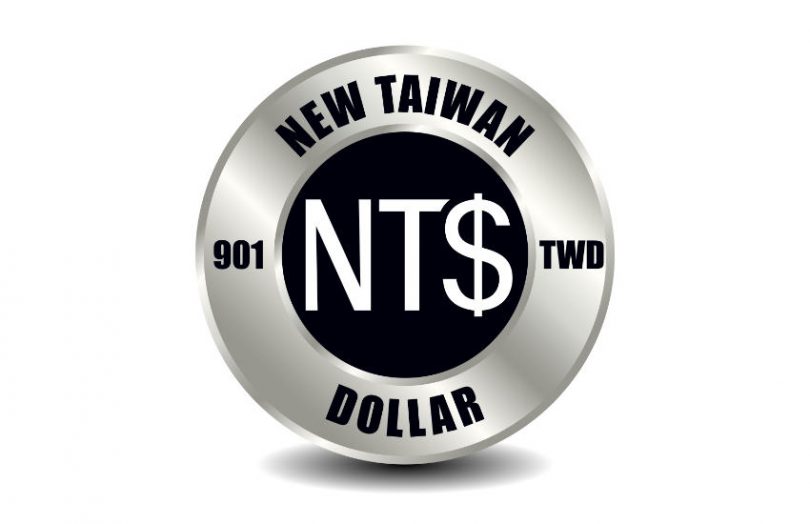Taiwan is on its second phase of retail central bank digital currency (CBDC) research. In September this year, it expects to complete trials of its prototype CBDC in technical simulations after concluding a feasibility study in June 2020.
Reports say the current design is a two-tier system with users able to exchange bank deposits with the new Taiwan dollar digital currency. The CBDC will also be linked to credit and debit cards and will be legal tender. So there’s no age restriction, enabling children to use it.
Local news agency RTI quoted the Chairman of Yushang Bank, Hugan Nanzhou, who said (rough translation), “In the whole financial system there are multiple channels. And we don’t want a single channel, because it will be troublesome if there is a problem with that one channel. So multiple channels must coexist. That’s what the central bank will think as well. I assume that one day, when digital currency comes out, (other) electronic payment services will still exist.”
There are many different motivators for adopting a CBDC. For China and Sweden, a key driver is their dramatic decline in cash usage, and they are concerned about private monopolies controlling the key retail payment system. However, in Taiwan, there is still healthy use of cash.
In terms of motivations, Taiwan has previously compared itself more closely to developed regions such as Europe, the United States, Japan and South Korea. So it wants to ensure that a CBDC can offer advantages over other forms of electronic payment.
Meanwhile, 12 banks are starting to commence formal CBDC tests in Russia. Kenya published a discussion paper on CBDC seeking responses. Like China with Alipay and WeChat Pay, Kenya has a single dominant private payment system M-Pesa and the central bank is keen to make it more interoperable. And India plans to launch a blockchain-based CBDC in 2022 or 2023.






